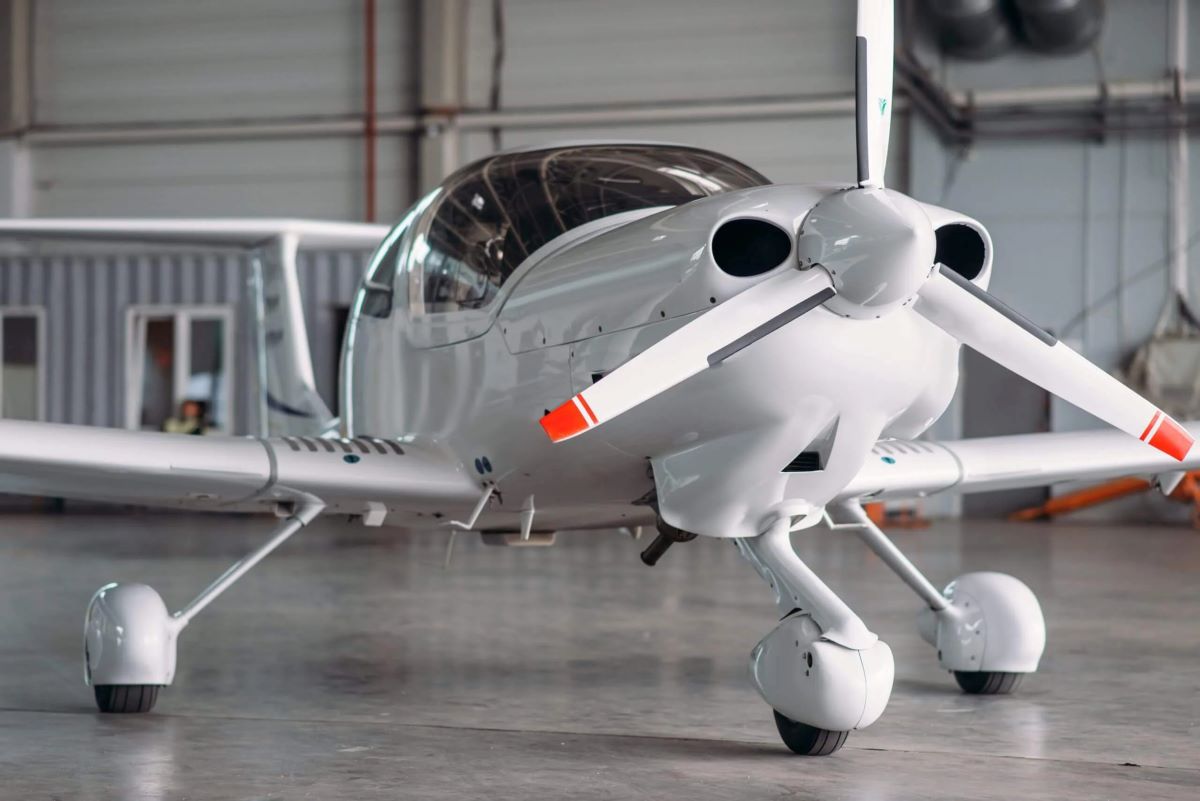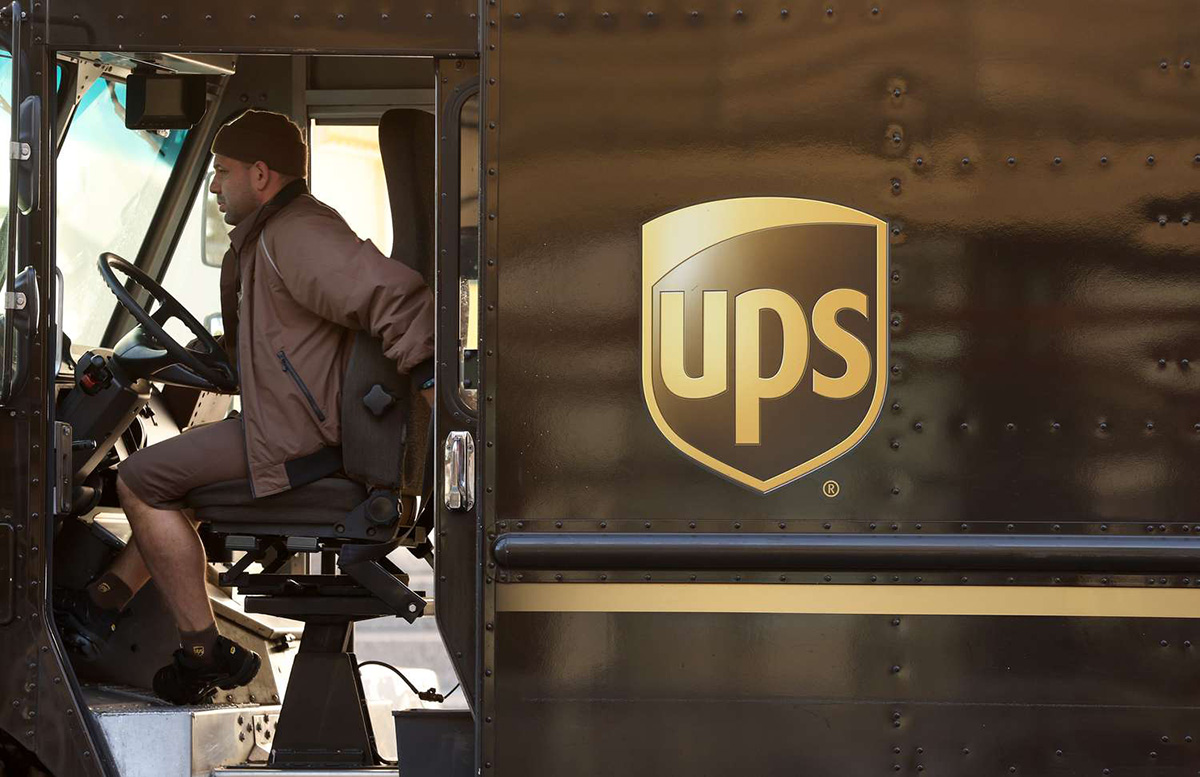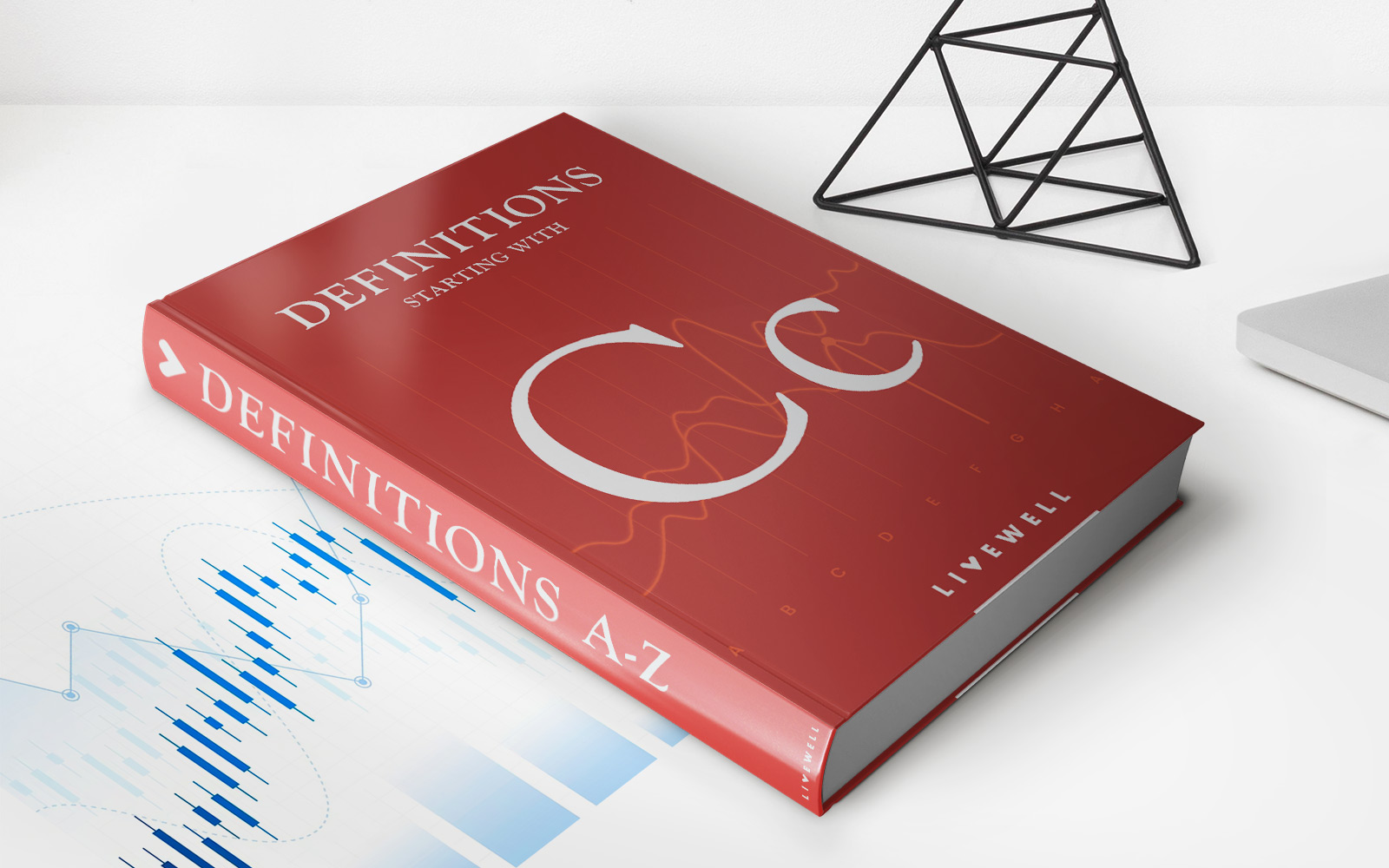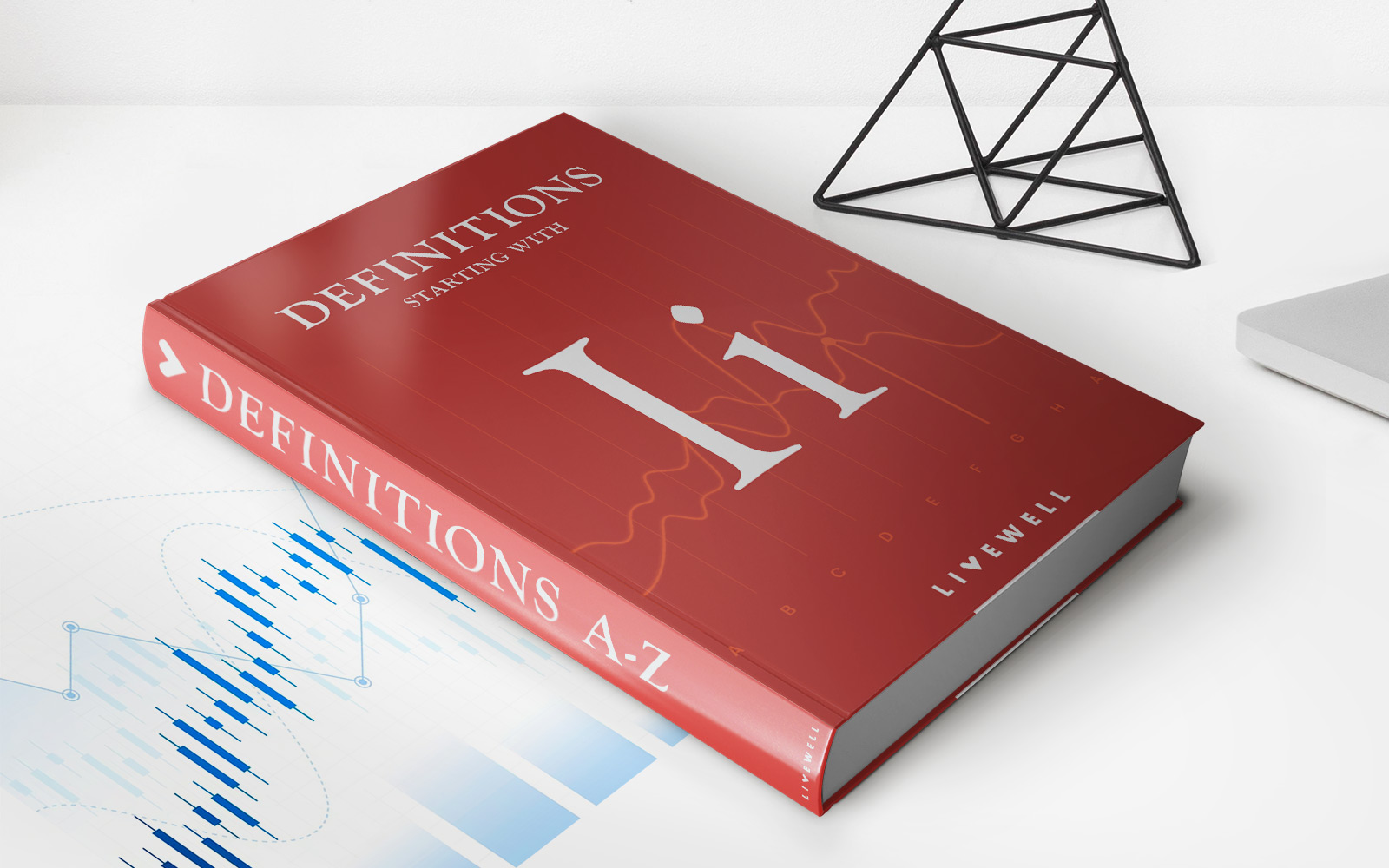

Finance
How Much Does Airplane Insurance Cost
Published: November 24, 2023
Get an estimate on airplane insurance costs to help you finance your aircraft. Find affordable coverage options and compare rates online.
(Many of the links in this article redirect to a specific reviewed product. Your purchase of these products through affiliate links helps to generate commission for LiveWell, at no extra cost. Learn more)
Table of Contents
Introduction
When it comes to protecting your valuable aircraft, airplane insurance is a must-have. Whether you own a small private plane or operate a fleet for commercial purposes, having insurance coverage ensures that you are financially protected in the event of accidents, damages, or liability claims.
However, one of the common concerns of aircraft owners and operators is the cost of airplane insurance. How much can you expect to pay for coverage? What factors influence the price? And are there any strategies to lower insurance costs? In this article, we will delve into these questions and provide you with a comprehensive understanding of airplane insurance costs.
It’s important to note that the cost of airplane insurance can vary significantly depending on several factors, including the type and value of the aircraft, the intended use (personal, commercial, or instructional), the pilot’s experience and qualifications, and even the geographic location of operations. These factors, along with others, will be explored in more detail in the following sections.
Furthermore, we will discuss the different types of airplane insurance coverage available, including liability insurance, hull insurance, and additional coverage options. By understanding the various coverage options, you can make informed decisions and ensure that the insurance policy you select meets your specific needs.
In addition, we will examine how airplane insurance premiums are calculated. Insurance companies use various factors, such as the aircraft’s hull value, pilot experience, and claim history, to determine the cost of coverage. By understanding the premium calculation process, you can better evaluate quotes and negotiate with insurance providers.
Lastly, we will provide you with practical tips and strategies to help lower your airplane insurance costs. From maintaining a clean safety record to completing additional pilot training, implementing these measures can make a significant difference in your insurance premiums.
Overall, having airplane insurance is a crucial aspect of aircraft ownership or operation. Understanding the factors that influence insurance costs, knowing the different coverage options, and implementing strategies to lower premiums can help you obtain the necessary protection while still managing your budget effectively.
Factors that Affect Airplane Insurance Costs
Several factors influence the cost of airplane insurance. Insurance providers consider these factors when calculating premiums to determine the level of risk associated with insuring a particular aircraft and pilot. Understanding these factors can help you anticipate the cost of coverage and make informed decisions. Here are some key factors that affect airplane insurance costs:
- Aircraft Value: The value of your aircraft has a significant impact on insurance costs. Higher-value planes generally have higher premiums as the insurance company assumes greater risk in the event of damage or loss.
- Intended Use: The purpose for which you use the airplane also affects insurance costs. Commercial operations and flight training generally have higher insurance rates compared to personal use.
- Pilot Experience and Qualifications: The experience and qualifications of the pilot(s) flying the aircraft play a crucial role in insurance pricing. The insurance company assesses the pilot’s flight hours, type ratings, and training history to determine the risk involved.
- Claim History: Insurance companies take into account your claim history as an indicator of future risk. If you have a history of multiple claims or accidents, it can lead to higher insurance rates.
- Geographic Location: The geographic location of your operations can impact insurance costs. Areas with higher accident rates or extreme weather conditions may lead to higher premiums.
- Security Measures: The security measures you have in place for your aircraft, such as hangar storage, anti-theft devices, and alarm systems, can help reduce insurance costs. Insurance companies view these measures as reducing the risk of theft or damage.
It’s important to note that these factors can vary in their weightage and influence from one insurance provider to another. Some companies may place more emphasis on pilot qualifications, while others may prioritize the aircraft value or claim history. Therefore, it’s advisable to review multiple insurance quotes and understand how each provider evaluates these factors.
By considering these factors and understanding their impact on insurance costs, you can effectively manage your budget and make informed decisions regarding your airplane insurance coverage.
Types of Airplane Insurance Coverage
When it comes to airplane insurance, there are several types of coverage options available to meet your specific needs. Understanding the different types of coverage can help you ensure that your aircraft and operations are adequately protected. Here are the main types of airplane insurance coverage:
- Liability Insurance: Liability insurance is the most basic and essential type of airplane insurance coverage. It provides protection in case of damage or injury caused to others while operating your aircraft. This coverage includes bodily injury liability, property damage liability, and passenger liability. Liability insurance is typically required by law and is an integral part of any aviation insurance policy.
- Hull Insurance: Hull insurance covers damage to the physical structure of your aircraft, including the airframe, engines, and other components. It provides coverage for accidents, collisions, and other events that cause damage to your aircraft. Hull insurance is essential for protecting the value of your aircraft in the event of a total loss or significant damage.
- Combined Single Limit (CSL) Coverage: Some insurance policies offer combined single limit coverage, which combines liability and hull coverage into a single limit. This type of coverage provides a comprehensive protection package, simplifying the insurance process and potentially saving you money on premiums.
- Additional Coverage Options: In addition to liability and hull coverage, there are several additional coverage options you can consider based on your specific needs. These may include coverage for medical payments, personal injury, hangar liability, spares and equipment, and even coverage for in-flight incidents.
It’s important to evaluate your aircraft’s value, intended use, and other factors when deciding on the type of coverage to include in your insurance policy. The more comprehensive the coverage, the higher the premiums are likely to be.
Many insurance providers offer customizable insurance packages, allowing you to tailor your coverage to fit your specific requirements. It’s advisable to work with an experienced aviation insurance broker who can guide you through the process and help you choose the coverage options that offer the best protection for your aircraft and operations.
Average Costs of Airplane Insurance
The cost of airplane insurance can vary significantly depending on various factors, including the type of aircraft, its value, the intended use, and the pilot’s experience. While it is challenging to provide an exact figure for the average cost of airplane insurance, we can provide some general guidelines based on industry data.
For general aviation aircraft, such as single-engine piston aircraft or light sport aircraft, the annual insurance premiums typically range from $1,000 to $3,000. The exact cost will depend on factors like the aircraft’s value, pilot experience, claim history, and geographic location.
For example, insuring a single-engine Cessna 172 Skyhawk could cost around $1,500 to $2,500 per year, while insuring a more powerful and higher-value aircraft like a Beechcraft Baron or a Cirrus SR22 could range from $3,000 to $6,000 per year.
When it comes to insurance for commercial aircraft or larger general aviation fleets, the costs are typically higher due to the increased risk and liability. The insurance premiums for these types of aircraft can range from $10,000 to $100,000 or more per year, depending on factors such as the fleet size, aircraft value, intended use, and operational complexity.
It’s essential to note that these figures are just general estimates, and individual quotes may vary. Insurance providers consider multiple factors when determining premiums, and each company may have its own methodology for calculating costs.
To get an accurate idea of the cost of airplane insurance for your specific situation, it’s recommended to reach out to aviation insurance brokers or providers. They will gather relevant information about your aircraft and operations and provide you with personalized quotes based on your unique circumstances.
Additionally, it’s important to review and compare multiple insurance quotes to ensure you are getting the best coverage at a competitive price. By working with an experienced broker, you can navigate the insurance market and find the most suitable policy that meets your needs and budget.
How Airplane Insurance Premiums are Calculated
Insurance premiums for airplanes are calculated based on several factors that allow insurance companies to assess the level of risk associated with insuring a particular aircraft and pilot. While the specific calculations may vary between insurance providers, here are some common factors considered:
- Aircraft Value: The value of the aircraft is a significant factor in determining the insurance premium. Higher-value aircraft generally have higher premiums as the cost to repair or replace them in the event of a claim is higher.
- Intended Use: The purpose for which the aircraft is used affects the premium. Commercial operations, flight training, or aerial photography usually involve higher risk compared to personal use, which can result in higher premiums.
- Pilot Experience and Qualifications: The experience and qualifications of the pilot flying the aircraft play a crucial role in determining the premium. Insurers consider factors such as flight hours, type ratings, training history, and accident/incident records to assess the pilot’s risk profile.
- Geographic Location: The location where the aircraft is based and operated can impact the premium. Areas with higher accident rates, extreme weather conditions, or dense airspace may result in higher premiums due to increased risk.
- Claims History: The pilot’s or owner’s claims history is taken into account to evaluate the likelihood of future claims. A history of multiple claims or accidents may lead to higher premiums, as it indicates a higher risk profile.
- Security Measures: The security measures in place for the aircraft, such as hangar storage, alarm systems, or anti-theft devices, can affect the premium. Adequate security measures reduce the risk of theft or damage, potentially lowering insurance costs.
In addition to these factors, insurance companies may consider other variables like market conditions, underwriting guidelines, and their own claims experience when determining the premium.
It’s important to note that insurance companies may use different formulas and weighting for these factors, which can result in unique premium calculations. Therefore, it’s advisable to obtain multiple insurance quotes from different providers to compare premiums and coverage options.
By understanding how airplane insurance premiums are calculated, you can better assess the quotes you receive and negotiate with insurance providers. Working with an experienced aviation insurance broker can also be beneficial, as they have the knowledge and expertise to navigate the insurance market and help you secure the most suitable coverage at a competitive price.
Tips for Lowering Airplane Insurance Costs
While airplane insurance is necessary to protect your aircraft and operations, there are several strategies you can implement to help lower your insurance costs without compromising on coverage. Here are some tips to consider:
- Maintain a Clean Safety Record: Insurance companies reward pilots with a clean safety record. By prioritizing safety and adhering to best practices, you can demonstrate your responsibility as a pilot and potentially lower your insurance premiums.
- Complete Additional Pilot Training: Taking additional pilot training courses, such as safety seminars or advanced ratings, can showcase your commitment to ongoing education and improved skills. Insurance companies may offer premium discounts for pilots who have completed additional training.
- Consider Higher Deductibles: Opting for higher deductibles can lower your insurance premiums. A deductible is the amount you agree to pay out of pocket before the insurance coverage kicks in. However, it’s essential to ensure that you can comfortably afford the deductible amount in the event of a claim.
- Install Safety Enhancements: Implementing safety enhancements and avionics upgrades can demonstrate your commitment to risk reduction. Examples include installing terrain awareness and warning systems (TAWS), traffic collision avoidance systems (TCAS), and other safety equipment that insurance providers may offer discounts for.
- Secure Your Aircraft: Taking steps to secure your aircraft, such as storing it in a hangar, installing anti-theft devices, or utilizing airport security services, can reduce the risk of theft or damage. Insurance companies may offer premium discounts for such security measures.
- Shop Around and Compare Quotes: It’s essential to obtain multiple insurance quotes to compare coverage options and premiums. Insurance providers have different underwriting guidelines and risk assessments, so comparing quotes allows you to find the most competitive rates for your specific needs.
- Work with an Aviation Insurance Specialist: Consulting with an experienced aviation insurance broker or specialist can be highly beneficial. They can help navigate the insurance market, assess your unique requirements, and negotiate with insurance providers to secure the most suitable coverage at the best possible price.
It’s important to note that while implementing these tips can potentially lower your insurance costs, it’s crucial to maintain adequate coverage for your specific needs. Always ensure that you have sufficient coverage to protect your aircraft, yourself, and any third parties in case of accidents, damage, or liability claims.
By following these tips and working with professionals in the aviation insurance industry, you can effectively manage your insurance costs while still maintaining the necessary protection for your aircraft and operations.
Conclusion
As an aircraft owner or operator, understanding the factors that influence airplane insurance costs is crucial in order to protect your investment while managing your budget effectively. While the cost of airplane insurance can vary based on various factors such as aircraft value, intended use, pilot experience, and geographic location, there are steps you can take to lower your insurance premiums without compromising on coverage.
By maintaining a clean safety record, completing additional pilot training, and implementing safety enhancements, you can demonstrate your commitment to risk reduction and potentially qualify for premium discounts. Additionally, securing your aircraft through hangar storage, anti-theft devices, and airport security services may also lead to lower insurance costs.
When seeking airplane insurance, it is important to shop around and compare quotes from multiple insurance providers. Working with an aviation insurance specialist can help you navigate the complex insurance market and find the most competitive rates tailored to your specific needs.
Remember, while cost is an important factor, it is equally important to ensure that you have comprehensive coverage that adequately protects your aircraft, yourself, and any third parties. Balancing affordability with the necessary coverage will provide you with peace of mind and financial protection in case of accidents, damages, or liability claims.
In conclusion, airplane insurance is an essential aspect of aircraft ownership and operation. By understanding the factors influencing insurance costs, knowing the various coverage options, and implementing strategies to lower premiums, you can effectively manage your insurance expenses while ensuring comprehensive protection for your valuable aircraft.














